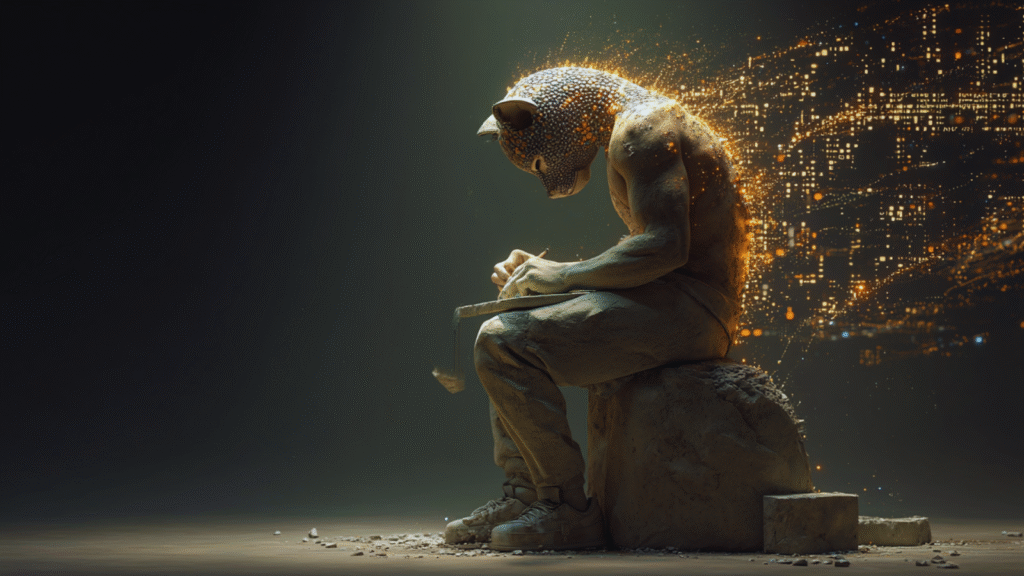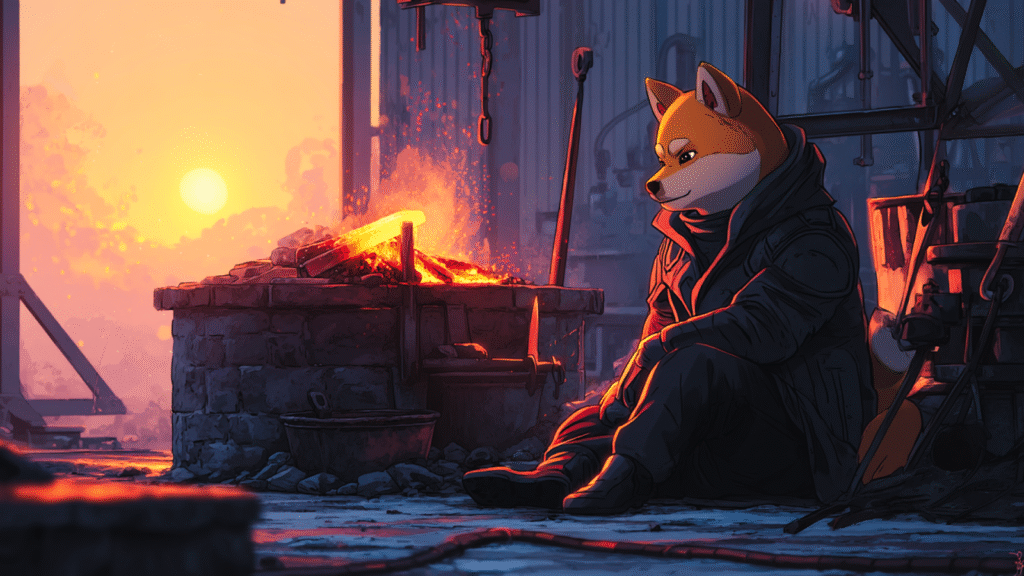
The fire is behind us. The air has cooled, and in the hush that follows, the rhythm of rebuilding begins.
There is something sacred about this part, the silence after the storm, the workshop after the forge. It is where the heat of survival softens into something slower, steadier, and lasting.
This is the moment that decides what remains.
To harden the core is to accept that even strength needs reshaping. Every structure, every line of code, every living system eventually faces its reckoning. The process isn’t glamorous.
It is quiet work, done by hands and minds that have known failure and chosen to rebuild with care.
There’s an art to endurance. The blacksmith knows it in the folding of metal.
The architect senses it in the redrawing of a single line. In every craft, mastery begins where repetition meets purpose. It’s not in the spark, but in the return.
We live in an age that celebrates speed. Systems are built to move fast, to deliver more, to never stop. Yet, the things that last are rarely rushed.
True durability grows from calibration, from knowing when to slow down and reinforce. The greatest builders through time understood that truth.
The masons who laid stones meant to outlast empires. The engineers who designed bridges that bend with the wind instead of breaking.
Strength doesn’t mean rigidity. It means flexibility with memory.
The same idea belongs to this digital age. Code breathes.
It bends, it reacts, it remembers. When a system is tested, it shows its grain and its limits.

Once the heat fades, the builders return. Not to erase the past, but to learn from it. They fold it. They refine it. They make it resilient.
To harden the core is to evolve past fear. It isn’t just a reaction to what broke, but a deeper understanding of why it happened.
Strength becomes not a feature, but a philosophy. Every safeguard added after the fire carries memory within it. In that way, each fix is more than technical; it’s a quiet story of endurance written in code.
There’s a kind of beauty in that work. It rarely makes noise. You see it in small patches that prevent chaos, in the patient nights of testing, in the silent persistence of those who choose precision over spectacle.
What matters most isn’t how loudly we build, but how faithfully we strengthen what already exists.
Across generations, the rhythm has never really changed. Burn. Temper. Cool. Rebuild. Tools evolve. Materials shift.
But the lesson endures. Each age inherits both the wisdom of how to create and the responsibility to preserve what lasts.
We stand now at that familiar threshold. The calm after intensity.
The pause between what was and what will be. The fire has passed, leaving its trace not as ruin but as instruction.
It showed us where to look closer, where to reinforce, where to trust the process instead of the promise.
That’s what it means to harden the core. Not to seek perfection, but to shape something that can bend without breaking.
Something that holds its purpose, even when tested.
The forge stays lit. Not in panic, but in purpose.

The air hums again, faintly, with the sound of rebuilding. Every strike of the hammer, every line of code, every link added to the chain tells the same story.
We are still here.
Still shaping.
Still tempering what lasts.
The forge is quieter now. You can almost hear the rhythm of the hammer, steady and deliberate.
Creation isn’t an act of urgency. It’s a rhythm of endurance.
Take a breath in this calm afterlight. Look closely at what remains.
The next chapter isn’t about what burned, but about what survived and what we’ll make stronger from here.
The fire has already done its part. Now it’s our turn to prove what endures.